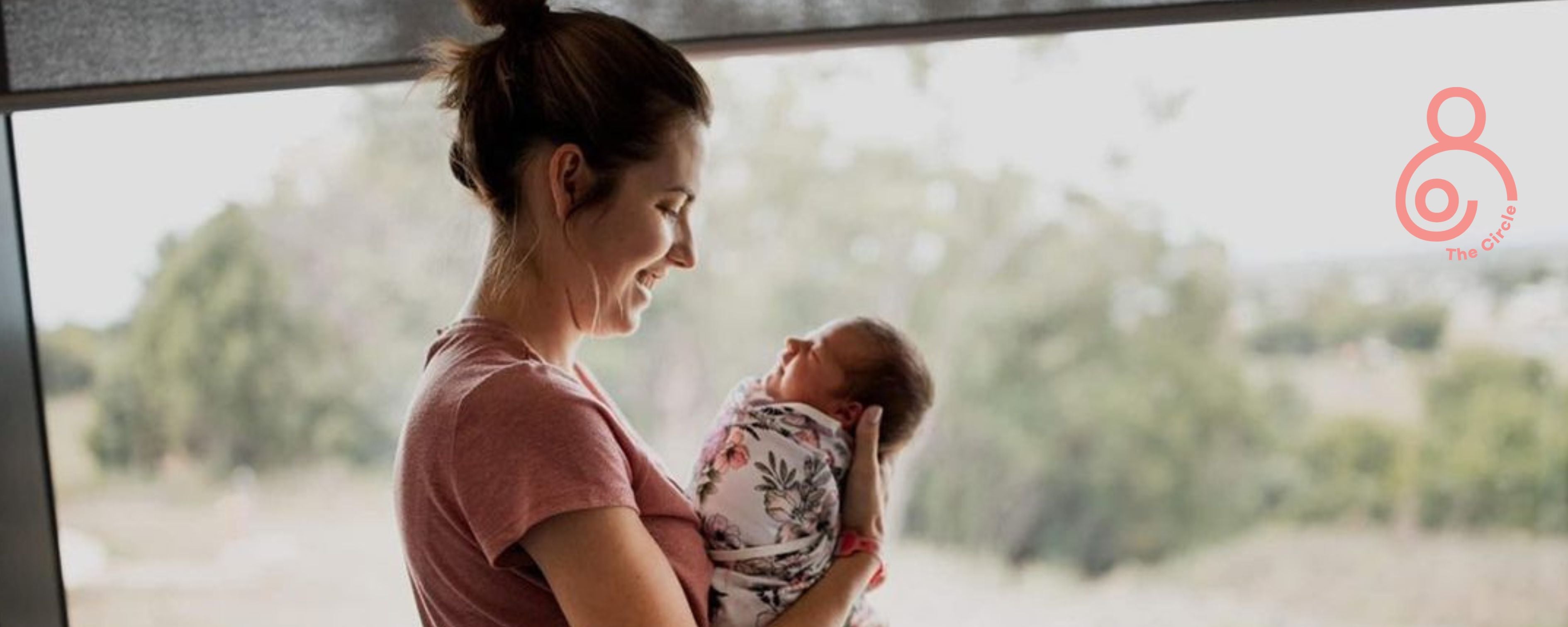Whether it’s your first child or your fifth, the prospect of giving birth can be daunting and overwhelming.

One way to manage these feelings is to proactively prepare for labour and birth. Preparing for birth is a very individual process, and different methods will resonate with different mamas, but one approach that’s growing in popularity is hypnobirthing. Even Catherine, the Duchess of Cambridge, has used it.
Today we’re chatting to Shari Lyon. Shari, the founder of Belly2Birth Childbirth Education, is an award-winning Hypnobirthing Australia practitioner and mother of two. Over the past nine years, Shari has helped more than a thousand mothers and partners approach their births feeling empowered and positive.
We asked Shari about how hypnobirthing works, what happens when a birth plan doesn’t go to plan, and how a mama’s preparations for labour can help ease the transition into breastfeeding and the early days of motherhood.
What is hypnobirthing?
Hypnobirthing is both a philosophy and a set of techniques designed to prepare parents for a positive and gentle birth. It aims to help women and their birth partners see childbirth in a new, positive light and feel empowered in their birth experience. Shari describes hypnobirthing’s role as helping women to feel like the driver of their birth experience rather than just a passenger.
How does the hypnobirthing method of preparing for birth work?
Shari teaches the Hypnobirthing Australia program, which was developed specifically to work with our health services and systems.
It consists of four units, starting with creating and maintaining a positive mindset, which includes understanding birth physiology. Shari says, “it’s quite an awakening experience for parents to come into a course and realise how much they don’t know about birth. No one's ever explained to them how they're designed to birth. So that alone in that first unit is really empowering for them to actually understand the birth process.”
The course then moves on to techniques that women can focus on during their birth, like deep relaxation, breath work, meditation and visualisation, movement, positioning and self-hypnosis. But what is self-hypnosis, exactly? Shari says, “I think there is a lot of stigma around hypnosis. People think it is more of a form of mind control, but when it comes to hypnobirthing, all it means is tools and techniques parents can focus on during their birth.” Just as in life, we can’t always control everything that happens during birth - but we can control our mindset. The idea is mamas can zone in on the techniques they’ve learnt through hypnobirthing during their labour to the exclusion of all other thoughts, such as fear and anxiety.
We all fall victim at times to the very human tendency to focus on the worst-case scenario and think about everything that might go wrong. For parents preparing for birth, or even in the midst of labour, this can become overwhelming. That’s why hypnobirthing educates women and their birth partners about the physical process of birth and the options and choices available to them during labour. This, Shari says, helps women to approach birth without fear.
Hypnobirthing also teaches partners how they can get involved in labour. It’s one of Shari’s favourite things about hypnobirthing. “I love seeing the birth partners understand that they have a role and a place in this experience. Hypnobirthing really helps to empower them as well.”

What happens if my birth doesn’t go to plan?
Us mamas sometimes place unhelpfully high expectations on ourselves, and this often applies to birth too. Many of us have an idea of our ‘perfect’ birth, and it can cause genuine distress when things don’t go to plan.
Shari says the Hypnobirthing Australia program doesn’t put an expectation on parents to have one particular type of birth experience. In fact, one of its strengths is that it helps parents understand all the different journeys their birth might take, including when and why medical intervention might be required and how to make empowered and informed decisions if those situations arise.
Shari emphasises that even if their labour takes an unexpected turn, mamas have not failed at birth or at hypnobirthing. The Hypnobirthing Australia course helps parents prepare for these possibilities by providing tools and techniques mamas can use if they have an epidural, an induction, or a caesarean, whether it’s planned or unplanned.
How hypnobirthing helps ease the transition to motherhood and breastfeeding
Birth is, without a doubt, a transformational experience, and that’s one of the reasons we spend so much time thinking about it and planning for it. But can you prepare for once the baby is here?
According to Shari, hypnobirthing can help ease the transition into the early days of parenthood and breastfeeding too. Pregnancy, birth and the postpartum period are not separate experiences but all part of the same journey. When a woman navigates her pregnancy and birth feeling calm and relaxed, physically healthy and mentally well, which is what hypnobirthing aims for, it’s a solid foundation for her breastfeeding journey.
Shari says, “when a woman is confident in her body and understands it and the hormones at work during labour and birth, which then trigger her milk coming in, when she understands the power of attachment and skin-to-skin, that alone is a huge benefit.”
Part of understanding your body is understanding your breasts, and breast massage, using products like the Lactamo ball, is another powerful tool to help facilitate the transition to breastfeeding. Proactive breast massage (lactation consultants recommend new mamas do it every day) can assist by stimulating blood flow, supporting the let-down reflex and encouraging thorough breast drainage.
If in doubt, please always consult your healthcare professional.






